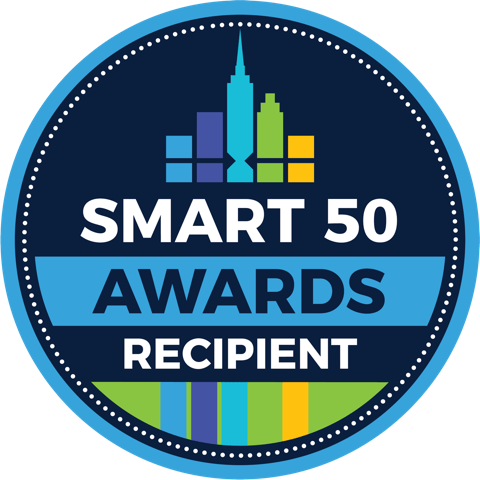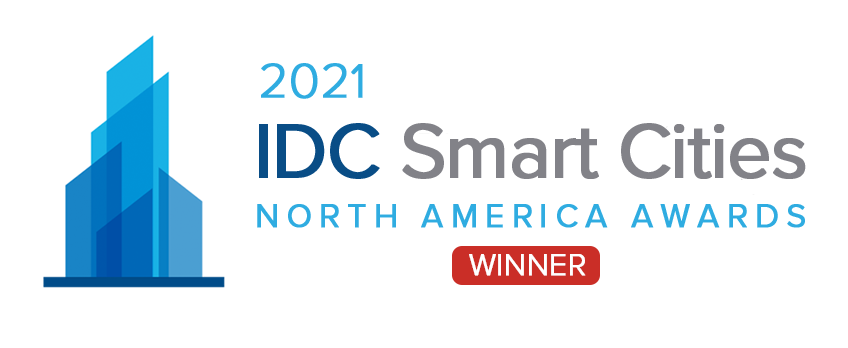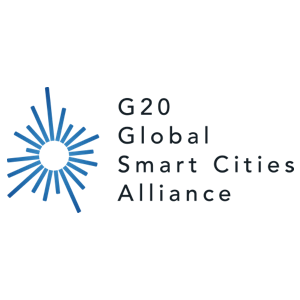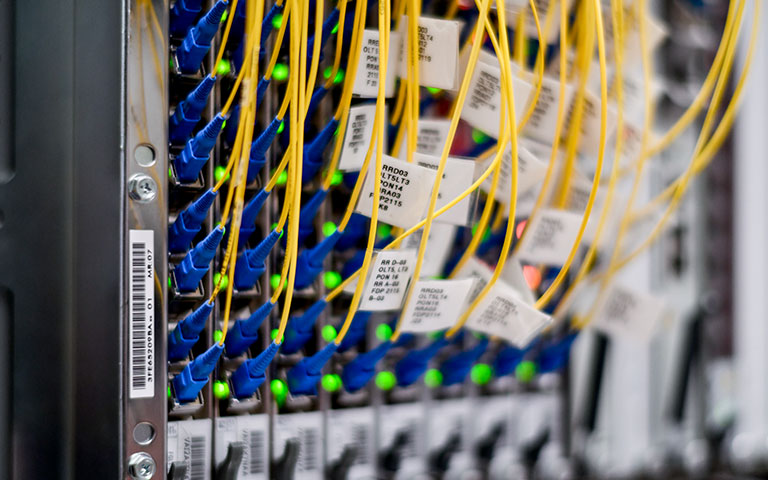
Future-proofing Chattanooga's network
Less than a decade after launching America's first Gig-speed fiber optic network, EPB is keeping our community on the leading edge with a $70 million investment over six years to upgrade Chattanooga's community-wide network from the core to the edge. During the past Fiscal Year, EPB completed the effort to upgrade the core network to multi 100 Gig capacity, so it can now handle ten times more network traffic. This will open the door for next-generation internet offerings and applications as EPB completes upgrades to the rest of Chattanooga's fiber-to-the-home network.
“Chattanooga has the nation's most advanced community-wide fiber optic network, and EPB wants to keep it that way,” said Shane Sexton of EPB Strategic Systems. “As we complete this system-wide network upgrade, we're future-proofing our ability to continue to provide leading edge connectivity services that help draw new business investment and highly skilled people to our community.”
According to Sexton, this upgrade will position EPB to stay on the leading edge for at least another ten years in terms of internet and VLAN speeds while further enhancing the reliability of EPB's services. In addition to upgrading the optical networking equipment at EPB's facilities, this project includes installing the latest, state-of-the-art ONT boxes for every single residential and business customer in our service area. Because the upgrade design utilizes the existing fiber optics infrastructure and many other existing network components, this investment maximizes the cost-benefit ratio for our customers. This project is part of EPB's normal business operations and will not impact pricing for internet or other services.


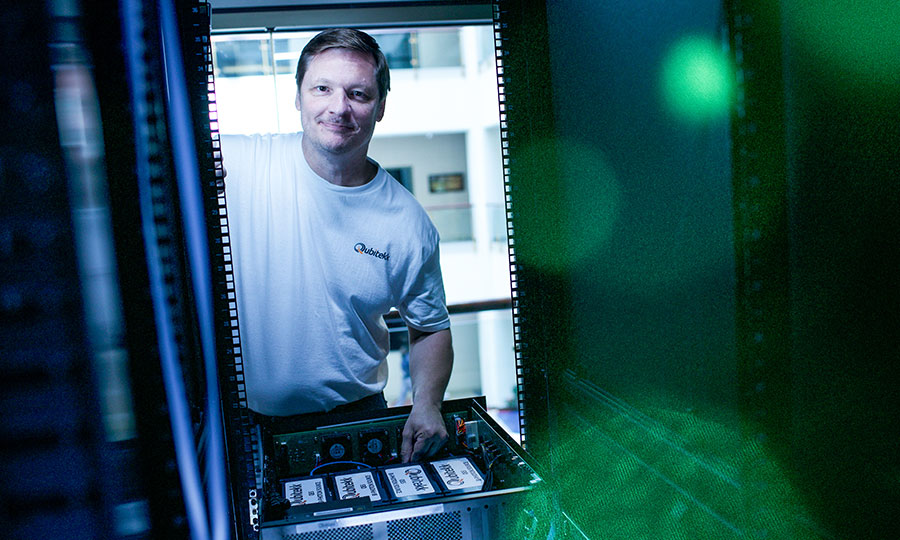
Advancing technology to help secure the U.S. power grid
EPB, Qubitekk, Oak Ridge and Los Alamos National Laboratories were honored with an R&D 100 Award, the most prestigious innovation awards program for the past half century. The award recognized the team's groundbreaking work to advance the development of a quantum cryptographic technology with the goal of protecting America's electric grid from cyberattacks.
EPB has worked with its research partners for several years on QED: Quantum Ensured Defense of the Smart Electric Grid. Based on cutting-edge quantum science and network security, QED is a U.S. Department of Energy-funded project that uses quantum communications in an effort to protect power grid control signals from third-party infiltration. EPB has partnered in the effort over the last five years by providing progressively larger real-world fiber optic environments to serve as a proving ground for the technology.
“Successfully demonstrating QED in a real environment helps establish the feasibility of this technology for protecting critical energy delivery infrastructure,” said Nicholas Peters, the Quantum Information Science section leader at Oak Ridge National Laboratory.

Making Chattanooga an even Smarter City
EPB continues to contribute to Chattanooga's recognition as a Smart City. Through our partnership with the Chattanooga Smart City Collaborative, we supported the Center for Urban Informatics & Progress in winning a $1.3 million grant from the National Science Foundation to position the Smart City Corridor on MLK Boulevard as a research platform. With the help of this additional funding, researchers from around the world will be able to access the Smart Corridor+ research platform through an online portal featuring live video, performance measuring tools, outputs from a range of sensors, continuously updated data and computer analysis. Thanks to high-speed connectivity within the corridor provided by EPB, researchers will have real-time access to data and technology to help them learn how to reduce pedestrian injuries and coordinate both autonomous and connected vehicles.
The Smart City Corridor project was honored with a National Smart City Award, an IDC Smart City Award and two Smart 50 Awards. Chattanooga's Smart City initiatives also earned Gold What Works Cities Certification from Bloomberg Philanthropies and were featured in national publications, including the Wall Street Journal, Fortune and Forbes.

